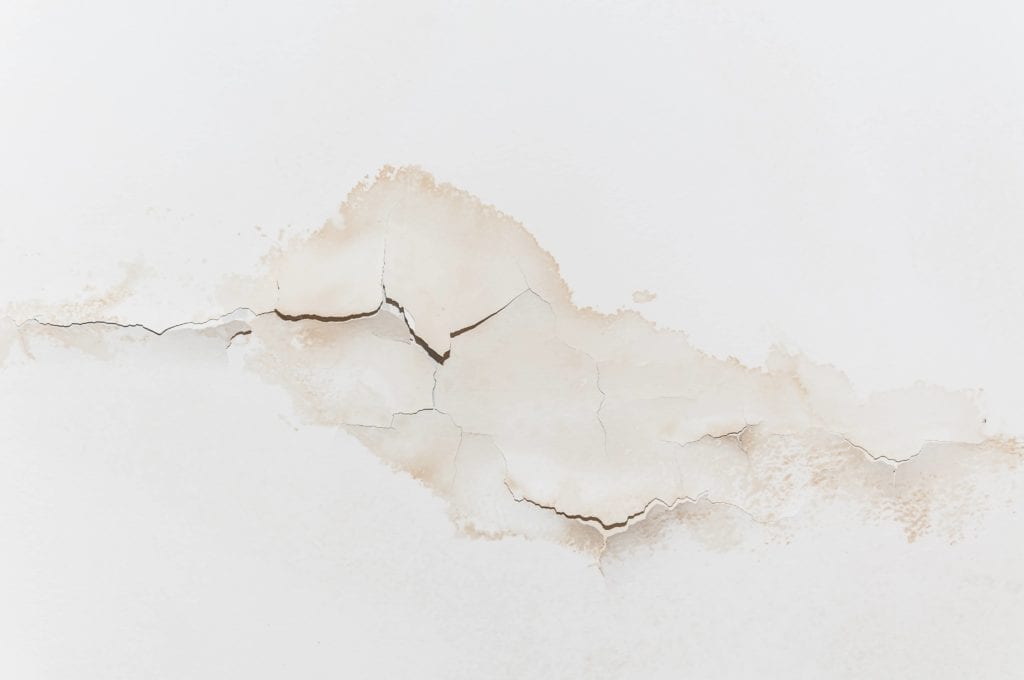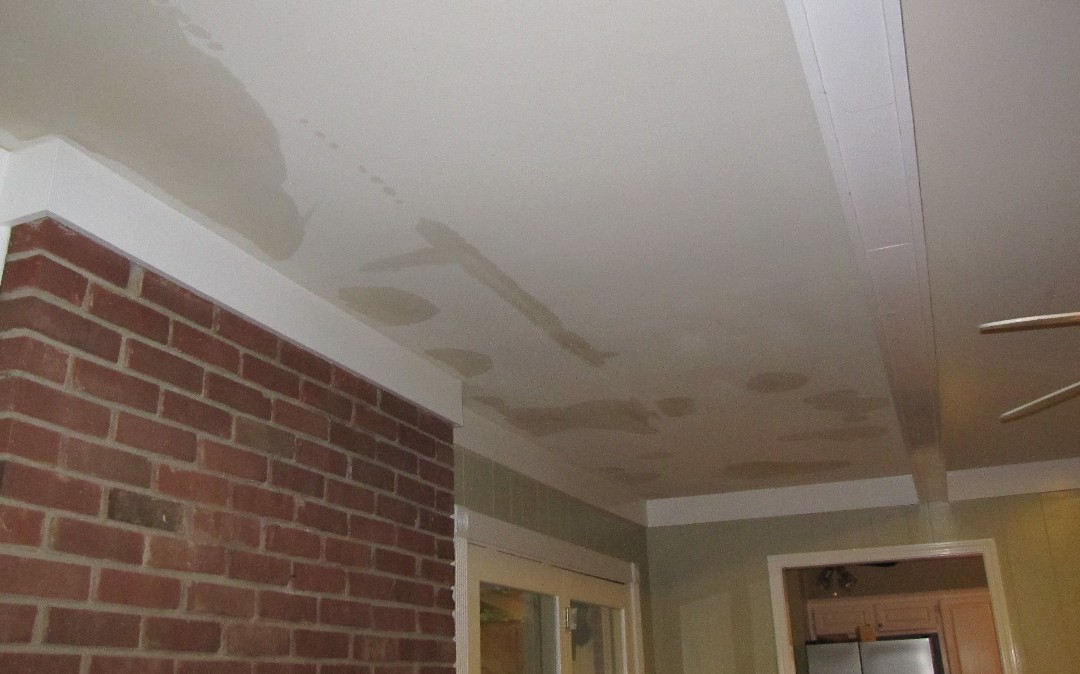Water Stains on Walls: Examining and Addressing Strategies
Water Stains on Walls: Examining and Addressing Strategies
Blog Article
The article down below in relation to Indicators of Water Damage Behind Walls is relatively informative. Give it a try and make your own final thoughts.

Water discolorations on wall surfaces are not pleasant to the eyes. Your home ought to be without stains on the wall surfaces, roof, or floorings. That is the perfect state of a home as well as its structures. Yet, often it appears practically unavoidable to experience water spots on walls in houses.
Home owners living in humid areas constantly deal with the concern of water stains on walls. With precise as well as all-round information on the reasons of water discolorations as well as prompt fixing procedures, you will always be a step ahead of such incidents.
3 Common Sources Of Water Stains on Wall Surfaces
As opposed to common belief, water spots on wall surfaces do not constantly come from poor building products. There are numerous causes of water discolorations on walls. These consist of:
Damp
When warm moist air consults with dry cold air, it triggers water droplets to form on the walls of buildings. This occurs in bathroom and kitchens when there is heavy steam from cooking or showers. The water droplets can discolor the bordering walls in these parts of your house as well as spread to other locations.
Moist or condensation affects the roof covering and also walls of buildings. This triggers them to appear darker than various other areas of the residence. When the wall is wet, it produces a suitable atmosphere for the development of fungis and also microorganisms. These might have damaging results on health, such as allergic reactions and breathing conditions.
Poor Drain
When making a building plan, it is vital to ensure sufficient drain. This will prevent water from seeping into the wall surfaces. Where the water drainage system is obstructed or nonexistent, underground wetness develops. This web links to too much dampness that you discover on the walls of your structure.
So, the leading source of damp walls, in this case, can be a bad drain system. It can additionally be because of bad administration of sewage pipes that run through the building.
Pipe Leaks
Many houses have a network of water pipes within the walls. This guarantees that the pipes are faraway from the reach of destructive rats. It always enhances the viability of such pipelines, as there is little oxygen within the wall surfaces. This discourages rust.
Yet, a downside to this is that water leak impacts the wall surfaces of the structure as well as causes widespread damages. An indication of damaged pipes is the appearance of a water tarnish on the wall surface.
Pro Suggestion
A houseplant in your house additionally boosts its moisture. If the house is already moist, you might want to introduce houseplants with very little transpiration. An instance of suitable houseplants is succulents.
Water Stains on Wall Surface: Fixing Tips
When dealing with water spots, property owners would typically want a fast fix. Yet, they would certainly quickly understand this is counterproductive as the water stains reoccur. So, here are a few useful pointers that will guide you in the repair service of water stains on walls:
Conclusion
Although no one intends to have water discolorations on walls in their residence, it can take place to the best people. This short article offers you leverage, as you currently know how to handle this problem if it does occur.
It is constantly best to hire specialist solutions to aid fix the problems in your house.
In some cases it seems practically unpreventable to experience water stains on wall surfaces in residences.
Contrary to prominent belief, water stains on wall surfaces do not always stem from bad building materials. There are several causes of water discolorations on walls. The water beads can stain the surrounding walls in these components of your residence and also spread to other areas.
Right here are a few practical suggestions that will direct you in the repair work of water stains on wall surfaces:
CHECKING FOR WATER DAMAGE
Water damage can be costly, and it may begin before you even notice the first signs of trouble. Water damage can cause mold and mildew in your walls and floors, which can create an abundance of health concerns for your family. It can also lead to costly repairs of various appliances and general home fixtures. To avoid the pricey consequences of water damage, here are Warner Service’s top 5 places you should check:
The walls – The easiest place to spot the beginnings of water damage is on the walls and ceilings of your home. If water damage is present, there will most likely be water stains, especially around the windows and doorframes, and/or cracks in the drywall. If a stain looks unusual (discolored to brown, black or gray, raised texture), has a swollen appearance or is soft to the touch, contact a professional immediately. The pipes – To avoid water damage, consistently check the pipes in your kitchen (especially the dishwasher and ice maker), bathrooms, laundry room (specifically washing machines) and basement for corrosion, leaks and water stains. Pay special attention to where the pipes connect in your home and the location of caulking around the bathroom fixtures, including toilets, sinks, showers and tubs. Missing or loose caulking and grout could be signs of leaking water. This seepage can also quickly cause mold and rust, so double check your water heater and tank for wet spots on the floor. The floor – Water damage is very easy to spot on the floor. Look for any warping or buckling of the material, especially in the basement. If your home has wood flooring, look for bright white or dark stains. If your home has carpeting, keep it dry and clean. A damp carpet that smells of mold could cause water damage and health problems. To avoid this, consider installing floor pans under your appliances to help prevent damages from small, slow and undetected leaks. The basement and attic – If your basement or attic smells odd check for mold and mildew around the area, especially the valley where the roof meets. While you are inspecting those areas, check for wall cracks, floor stains, rust and dampness in the insulation. If you live in a colder and/or rainier climate, perform routine checks for water damage from melting snow or ice and rain. The exterior – Check the roof for damaged flashing and missing, cracked or curled shingles. There should also be no standing water anywhere outside your home. This could be caused by puddles, leaky rain gutters or hoses, poor drainage, or short gutter spouts. Invest in a sump pump system or water flow monitoring system, and perform routine maintenance on these outdoor appliances to avoid indoor water damage.

I have been very fascinated with How to Remove Water Stains from Walls and Ceilings and I hope you enjoyed reading the new blog post. Do you know about another individual who is very much interested in Water Stains on Walls? Please feel free to share it. Thanks so much for taking the time to read it.
Quality fix? Call! Report this page